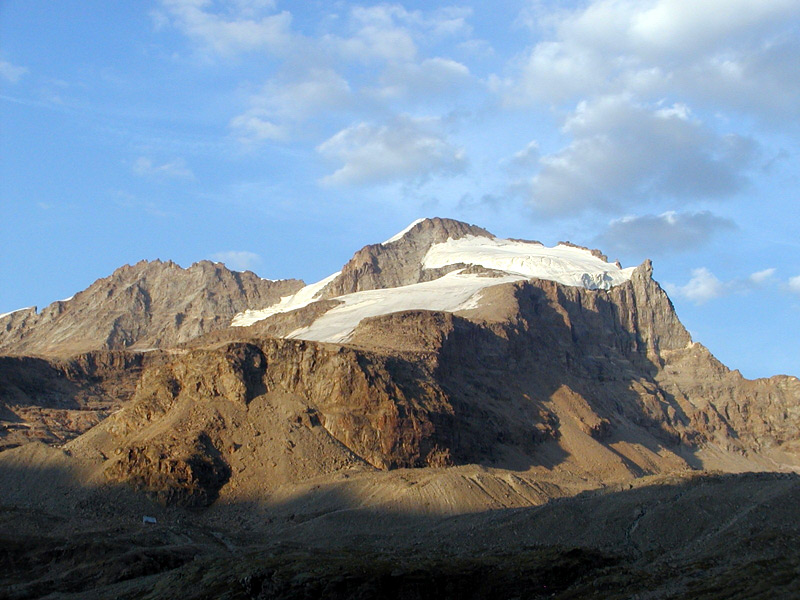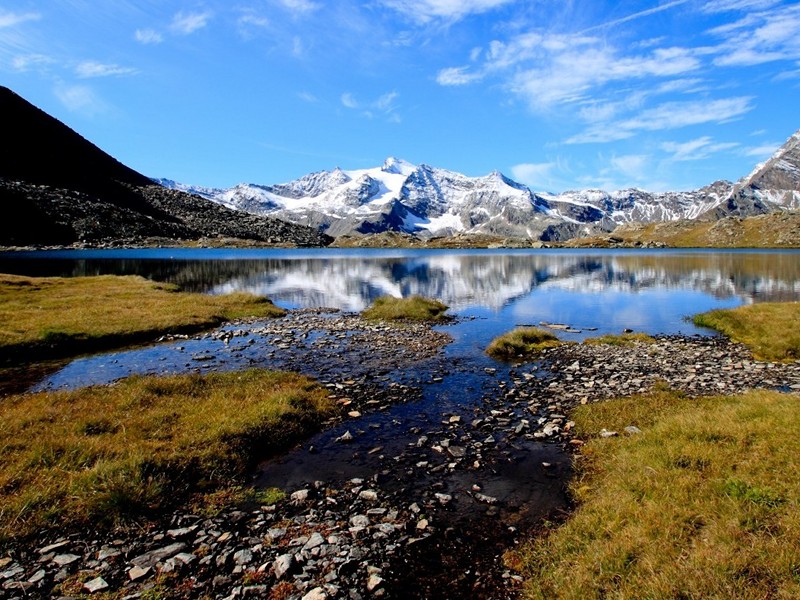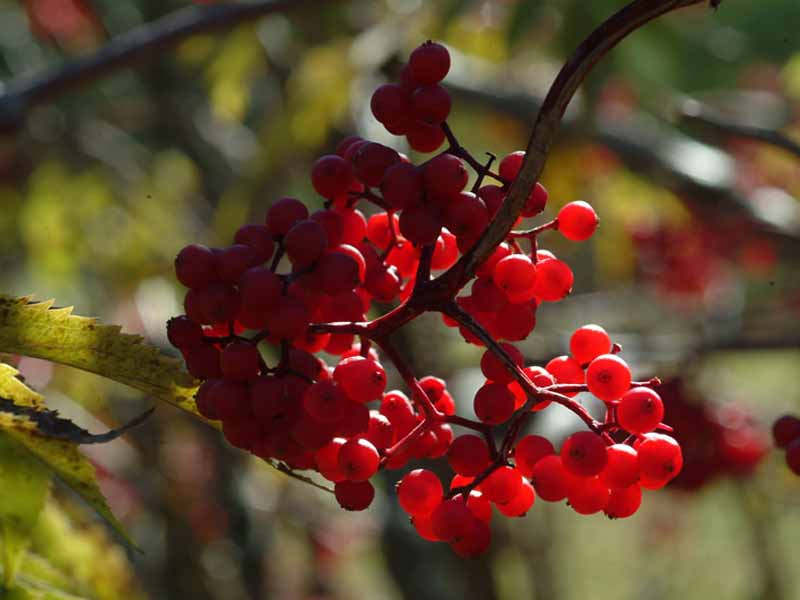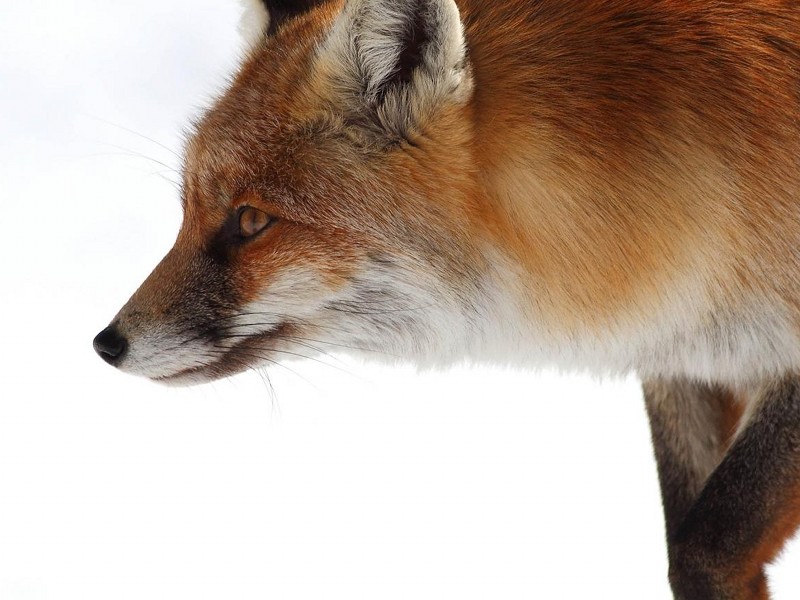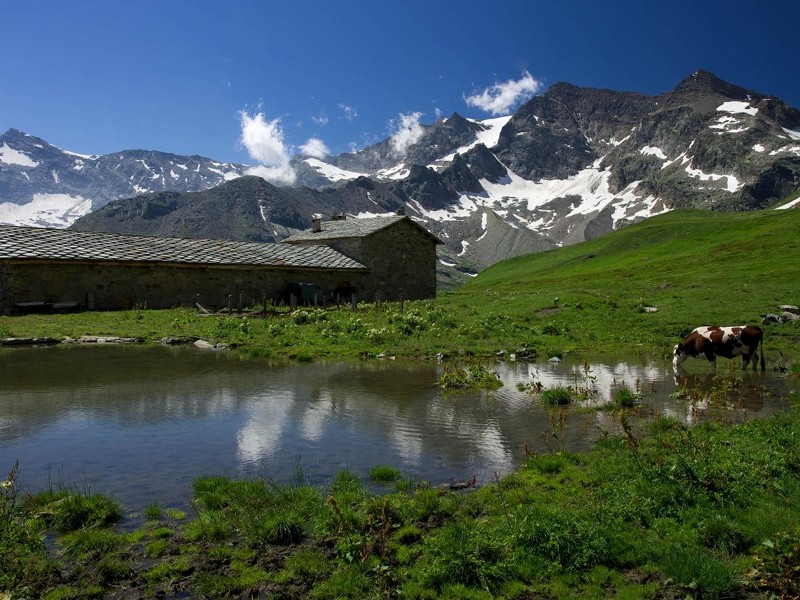Protected Area
Identity Card
- Gran Paradiso National Park:
- Land Surface Area: 71'043.00 ha
- Protected flora: 14 species (Italian text)
- Protected wildlife: 65 species (Italian text)
- Habitats: 36 types (Italian text)
- Regions: Valle d'Aosta, Piemonte
- Provinces: Aosta/Aoste, Torino
- Municipalities: Aymavilles, Ceresole Reale, Cogne, Introd, Locana, Noasca, Rhêmes-Notre-Dame, Rhêmes-S.Georges, Ribordone, Ronco Canavese, Valprato Soana, Valsavarenche, Villeneuve
- Establishment Measures: RDL 1584 03/12/1922 - DPR 3/10/79, DPR 27/5/09
- PA Official List: EUAP0006
- Park Authority: Ente Parco Nazionale Gran Paradiso
- Further managed Protected Areas:
- SIC e ZPS Parco Nazionale del Gran Paradiso
- ZSC Ambienti calcarei d'alta quota della Valle di Rhêmes
The Park Environments
The territory of the Park, between the Piemonte and Valle d'Aosta regions, extends itself for about 70,000 hectares in a mainly Alpine environment. The mountains of the Gran Paradiso group have been in the past carved and shaped by great glaciers and by streams, which led to the formation of the current valleys. In the bottom of the valley's woods the most frequent trees are: the larches, mixed with spruce firs, Swiss stone pines, and rarely silver firs. Going up along the slopes the trees are replaced by wide alpine pastures, which are rich in flowers in the late spring. Going higher again the landscape is characterized by rocks and glaciers, up to the highest peaks of the massif reaching the 4,061 meters with the Gran Paradiso peak.
Geology
The Gran Paradiso group is made up of rocks of different ages and origins. In particular, there is a group of stratified gneiss (metamorphic rocks derived by granites or by diorites, which are still preserved here and there). In some cases the gneiss have a thick covering of calcareous schists variously metamorphosed, derived from marine sediments of the Mesozoic era. It is possible to notice the presence of rich veins of iron minerals in the Val di Cogne, which have greatly influenced the life of the population of the valley.
Cultural Heritage
The villages and the alpine summer grazing lands tell the long history of the shepherds. They have lived in a self-sufficient way in these mountains for centuries, frequently communicating with people living beyond the Alps rather than with the lowlanders. On the slope of the Piemonte region, the houses are entirely built in stone, while on the slope of the Valle d'Aosta region they are built both in stone and wood. The most common model (with variations according to the valleys) is a wood and stone building with the stable situated on the ground floor, the home on the first floor, and the hay loft on the second floor, in order to keep the house as warm as possible. One of the aims of the Park is to highlight the importance of the cultural heritage of the mountain and to promote its sustainable economic development.
Tourist Information: Central Tourist Office - Tel. 011/8606233 - E-mail: info@pngp.it
Fauna
The fauna has its emblem in the The alpine ibex, symbol of the Park and by now spread all over the Park. Among the mammals we need to remember that it's possible to sight chamois, marmot, mountain hare, foxes, badgers, ermines, weasels, martens, stone martens. It's easy to encounter also vultures such as the golden eagle, the bearded vulture (recently returned to nest in the protected area), the buzzard, the kestel, the sparrowhawk, the goshawk, the eagle owk, the tawny owl and birds such as ptarmigan, black grouse, rock partridge, green woodpecker, greatspotted woodpecker, hazel grouse, dipper, robin, warbler, thrushe, alpine biking, wallcreeper and much more. There are also a lot of reptile varieties, insects and amphibians, such as the vipers, the Parnassius butterfly, newts and salamanders.
Architecture and landscape
In the past, the Park territory was densely populated. The Piedmont villages had entirely stone houses, while on the Aosta side, stone is joined to wood. The alpine house reflects the character of a rural population, interested primarily in functionality: the most common model included a stone building with a stable on the ground floor, the residence on the first floor and even a barn above it. In these, even artistic and decorative elements survived such as votive pillars, typical of Val Soana, testifying to popular religiosity.





